Among the orchard of new Chinese brands planting their roots in Australia, Chery is starting to blossom.
As its portfolio of affordable, family-friendly SUVs continues to grow, so does its popularity among local consumers, with record sales results recorded every month so far this year.
Part of the reason for that is Chery’s unique multi brand strategy that also includes Jaecoo and, most recently, Omoda, with potentially more to come.
So, we sat down with the Vice Chairman of Chery International and CEO of Jaecoo and Omoda, Shawn Xu, during the recent launch of the Omoda 9 large SUV to find out what’s on the horizon for Chery in Australia.
CarExpert can save you thousands on a new car. Click here to get a great deal.

Australia is one of the world’s most competitive automotive markets. What’s your take on it?
As you say, all of the Chinese brands try to enter and buy some market share from different markets around the world. And Australia is quite open, right? So, there are many brands here, and I think the competition is quite tough.
But for us, we have been international for many years, so what we have is already developed from good experience from operating in the different markets.
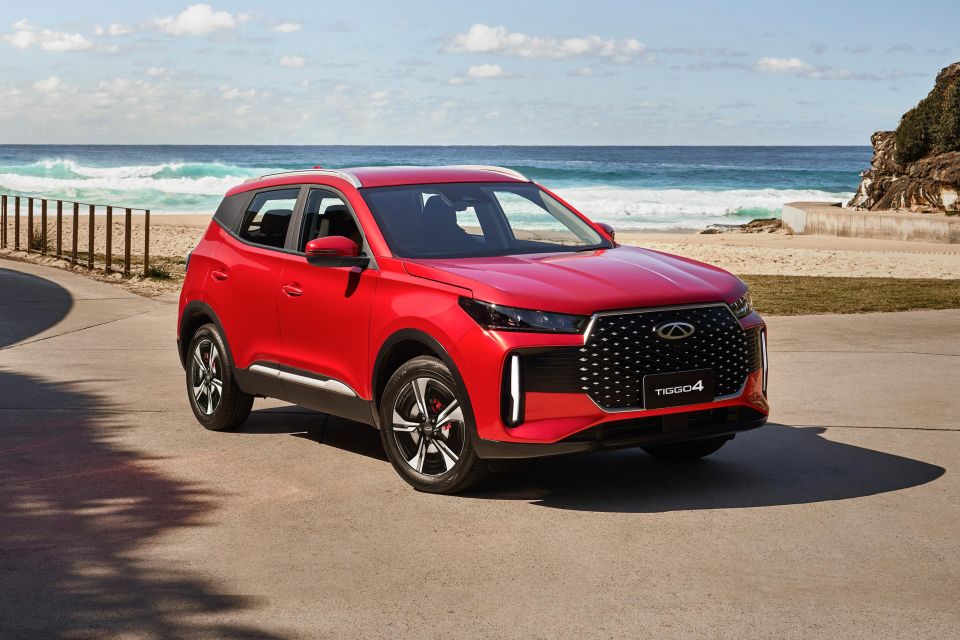
From the product side, I think during the last 20 years for Chery and Omoda Jaecoo we have really great product from the development inside. So, from the product, from also quality control, we are quite confident.
Then we have to understand the customer needs. So, with this kind of approach with customers, with good quality and good products, there is big potential in a huge market like Australia.
Chery has done a lot of work here laying the foundation through what the team has been doing the last few years.
Do you think Australia is moving in a different direction to other major markets or following them?
Australia is very calm, in terms of economy and consumer tastes. It is also highly regulated, with a high standard.
We have only been established here for just a little more than two years, but we already enter different markets with similar standards in Europe, like in Italy, Poland, the UK and most recently in Spain.
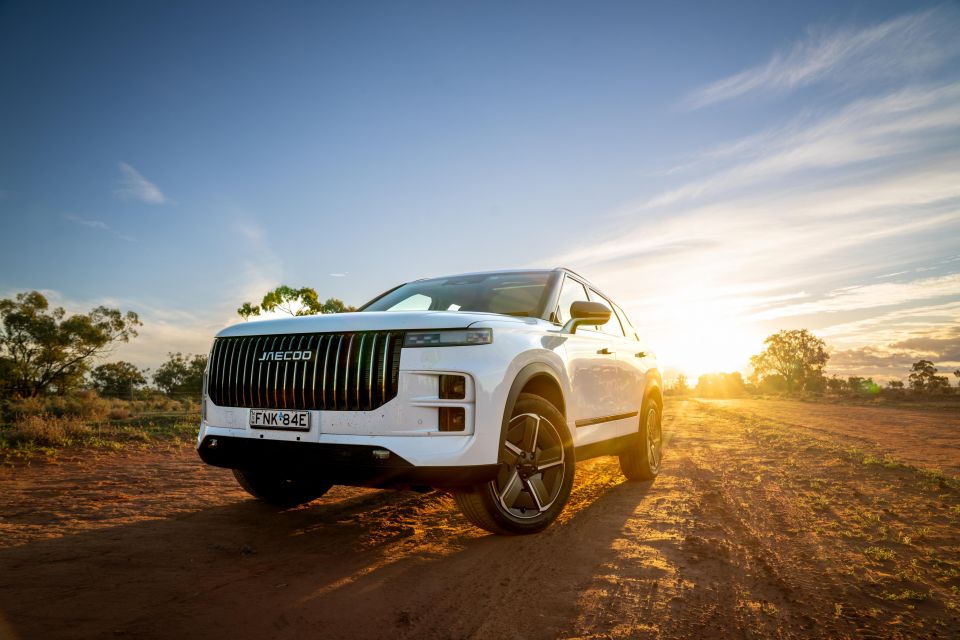
So, with this kind of high-regulation market, what we see is similar – the importance of having the right product and good quality. So that’s our priority. We must be successful, and for the customer to have this trust.
The biggest difference here is the Australian environment is unique, and the road conditions too. So, with these aspects in mind, this is a reason why we have to learn to adapt in different markets and to approach customers uniquely.
Many automakers subject their vehicles to local chassis tuning to better suit our unique road conditions. Is that something you would do in Australia going forward?
Yeah. We have already done a lot of adaptation for different countries, especially if the market is a big opportunity, or has unique regulations.
You know, I was a president of a Brazil market for three and a half years and, much like here, Brazil has a lot of bad road conditions. So, at the beginning, we spent huge time and effort for engineers to develop a suitable suspension tune for the market. This is something we do always.
How important is the Australian market for Chery’s international expansion?
You know, it’s like a key market, because of the huge, huge opportunities to introduce new technologies to consumers at affordable prices. With products like our Super Hybrid you can have the longest driving range without compromising on power or performance.
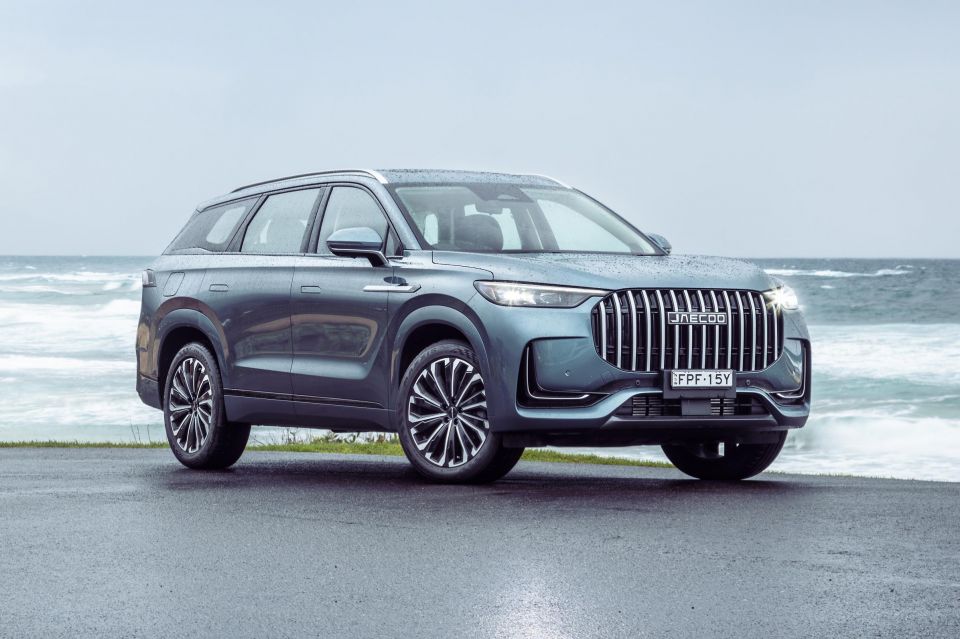
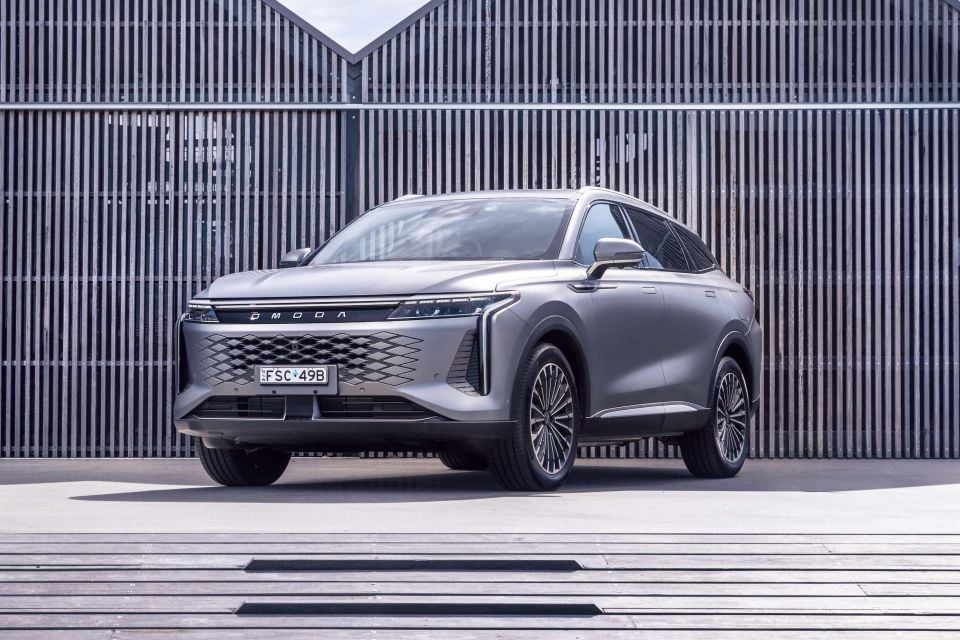
Are you learning anything here in Australia that can be applied to other international markets, either from a business perspective or in terms of product attributes and consumer demands?
Yeah. I always connect with our colleagues here in Australia, who are working very hard, and we have this kind of discussion regularly: What have we learned from before, and what can we improve from this experience?
Always, we give the power to the customer. So that’s what we learn – every kind of demand, every kind of customer concern.
And with this kind of direction, we work on it with our R&D system to push for a fast response for this adaptation to different markets.
What are the biggest challenges for Omoda and Jaceoo as new entrants in the Australian market, and how do you plan to overcome them?
I think, first of all, we have to not worry about the future, because if the customer touches our product or tries our product, the conversion rate is very high. The issue right now is how can we let more people understand us.
With so many new brands coming in, this is a big challenge. I think when we have more cars on the road, and more customers that are satisfied with our product, I believe these kind of scenes will be improved.
On the flipside, what are the greatest opportunities you have in Australia?
I think our product is a bit different in terms of design language across the brands. So that’s, I think, the first opportunity from design point of view.
The second one is our high level of technology, with Super Hybrid and connectivity. These kinds of technologies offer a huge benefit to the customer.
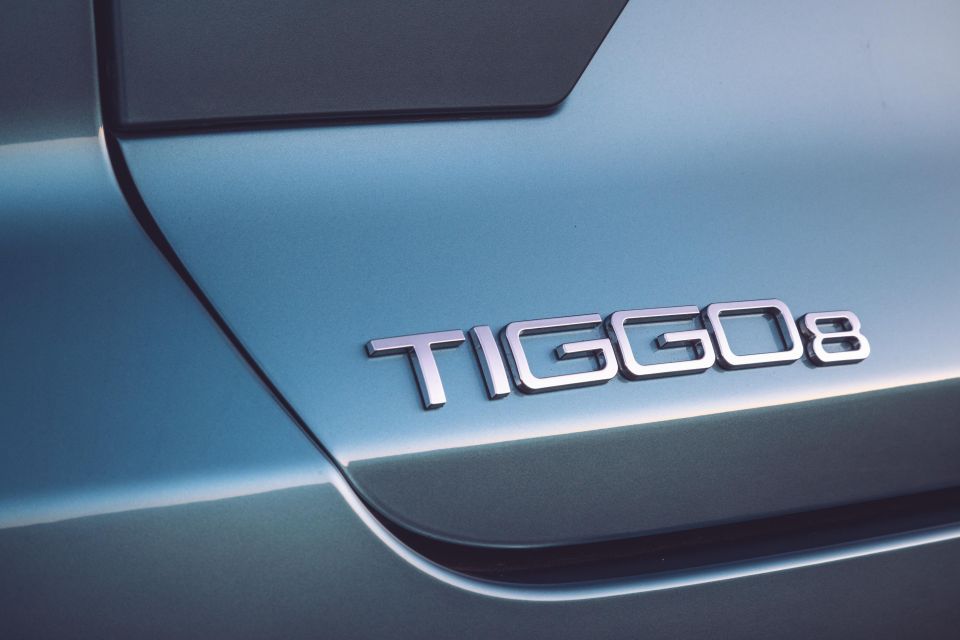
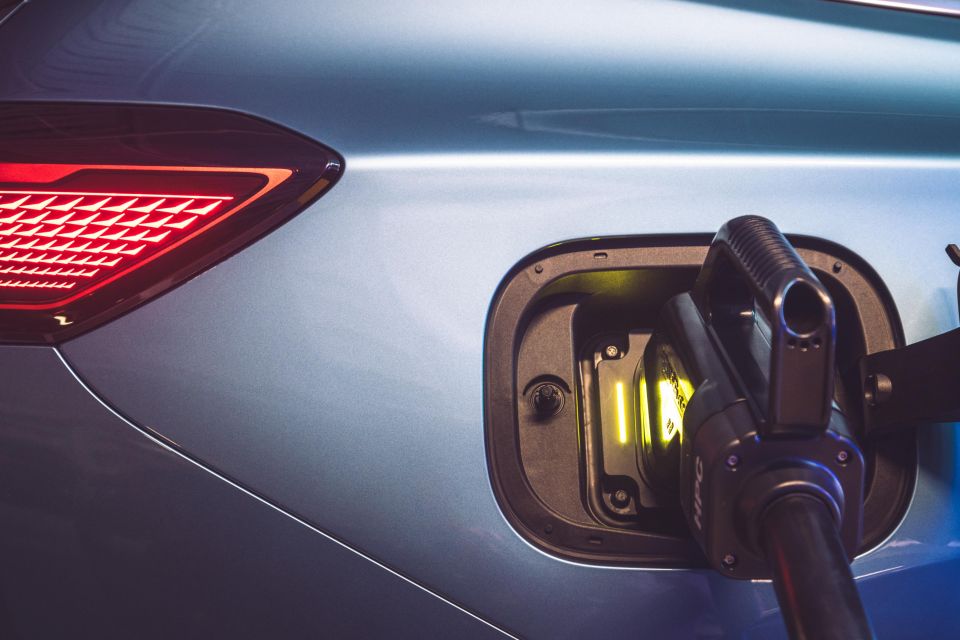
And then we have some other things we have developed in our ecosystem, like the Karaoke feature that is in the new Jaecoo 5 that is coming later this year. You can sing in the car while you drive. These are features that make driving fun and enjoyable.
What are your aspirations for Jaecoo and Omoda in terms of sales? Do you plan to become a top 10 brand or even better than that?
This morning, we also had a meeting about this because right now we only have a few months since we have launched, right? We shouldn’t be in too much of a hurry, because the people do still need time to be familiar with us.

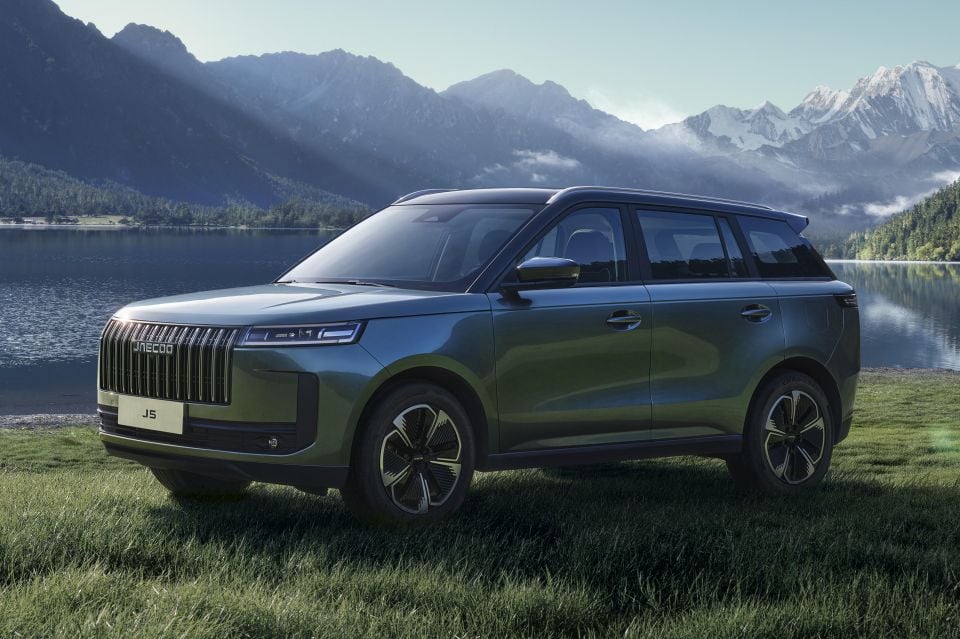
And we also need time to build ourselves, to be fully ready, and also our dealer network has to expand to give better service for customers. But we also have this vision that [we] could be like a top 10 [auto brand] here over time.
Can you define the different brand philosophies between Chery, Jaecoo and Omoda, and the strategy behind having three different brands rather than selling all models under the Chery banner?
You know, each company they have their own identity. For example, the Chery brand is more focused on comfort for the family with traditional design. More mainstream.
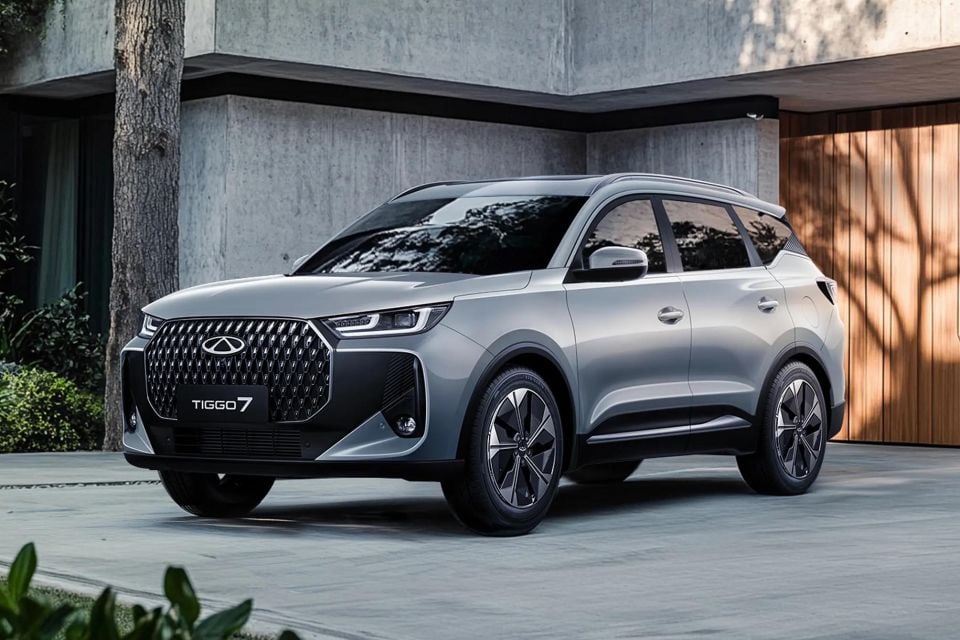
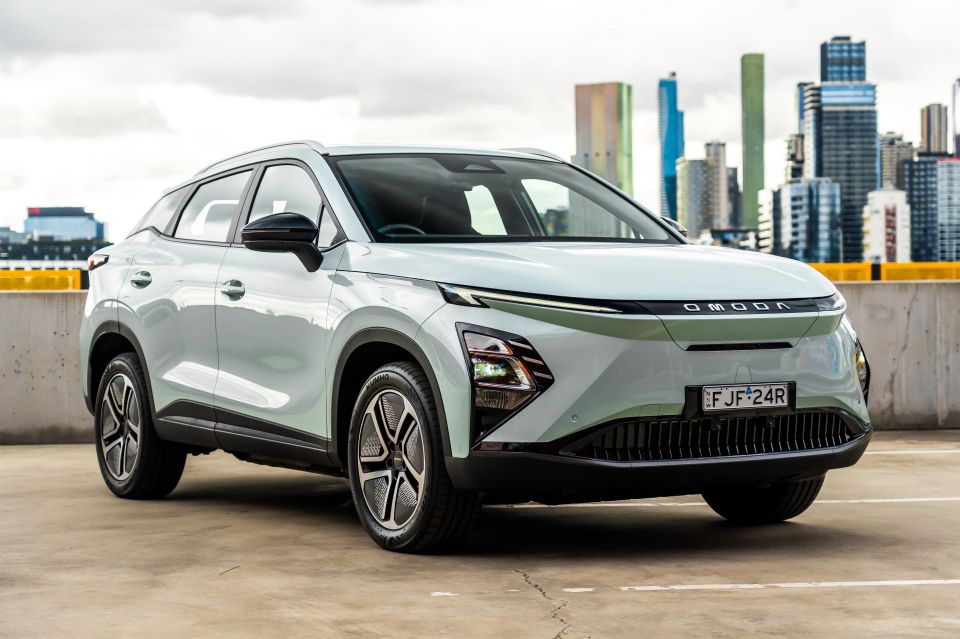
But for Jaecoo, it’s different, and uniquely more a crossover with a little tougher character and inspired by classic European design. And Omoda is more focused on style.
You have other brands like Jetour, iCar and Exeed. Are there plans to bring them to Australia too?
Yeah, I think so, even though I’m not responsible for those brands. But always we had this kind of discussion in our internal meetings with the chairman.
Our philosophy is that we build a group of brands that don’t compete with each other, and must cover different customer groups, but utilise the same building blocks underneath.
And what about Omoda C3 compact revealed at the Shanghai motor show this year? Will that come to Australia?
Sure, sure. The C3 is, how we say, emotion. People, especially young people, sometimes have dreams to own a sports car. But they can only afford to buy one car, and not at a very high price like most sports cars.
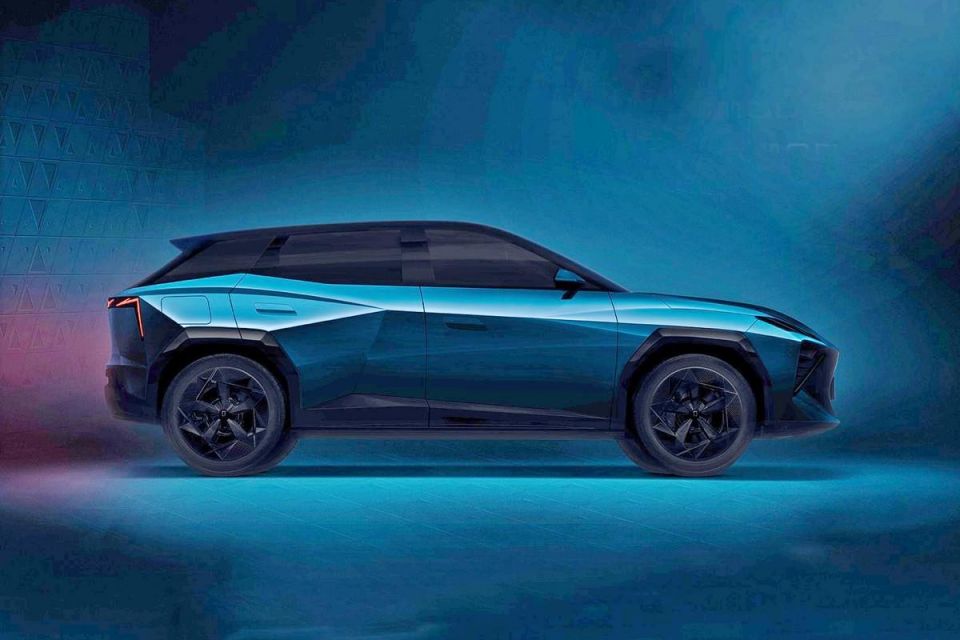
And the C3 can be this kind of thing for young people. I think it’d be very popular with very high demand here.
All three brands have invested heavily in plug-in hybrid technology, but the Omoda E5 is the only fully electric model in your current range. Will you introduce more dedicated EVs in the future?
Yes, but our focus in the short term is more on hybrid, because with this you can cover most of a consumer demand, and people don’t have to worry about charging. So that’s the reason we are going to provide a hybrid.
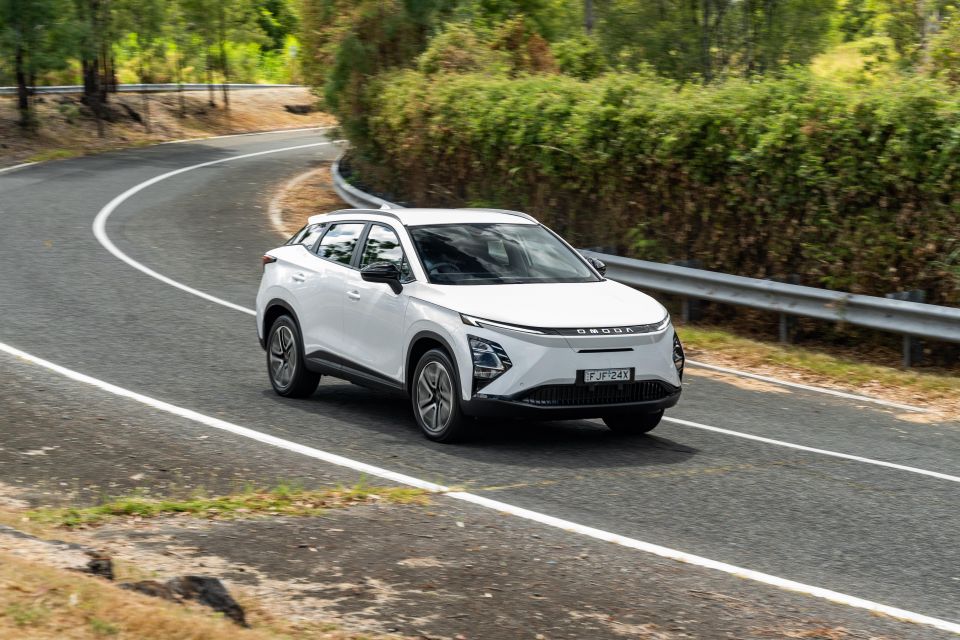
In terms of BEVs [battery-electric vehicles], we will grow at a steady rate, not fast.
Australians love dual-cab utes and we know the Chery group is planning several of them, so can you shed any more light on that?
We know there is a huge demand for this type of car, especially here in Australia. It can’t come soon enough, but that’s all I can tell you.
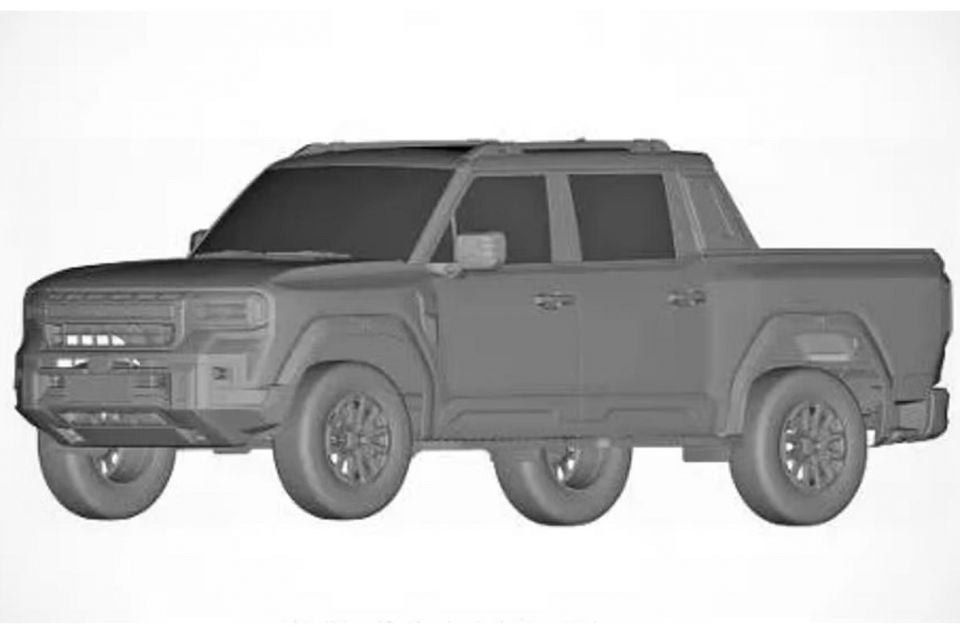
Lastly, a lot of other Chinese automakers are creating high-performance electric supercars. Is that something Chery is investigating as well?
So in China, it’s quite different, with a lot of fast-charging infrastructure, right? And different countries have different situations. At the moment, we couldn’t say yes to a huge investment for a product like this, where the demand is very small.

